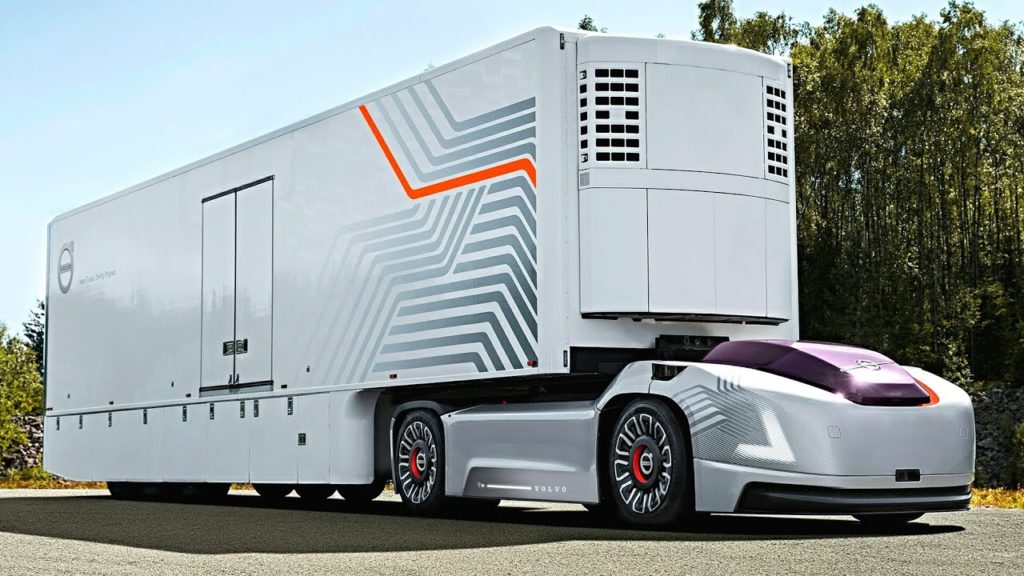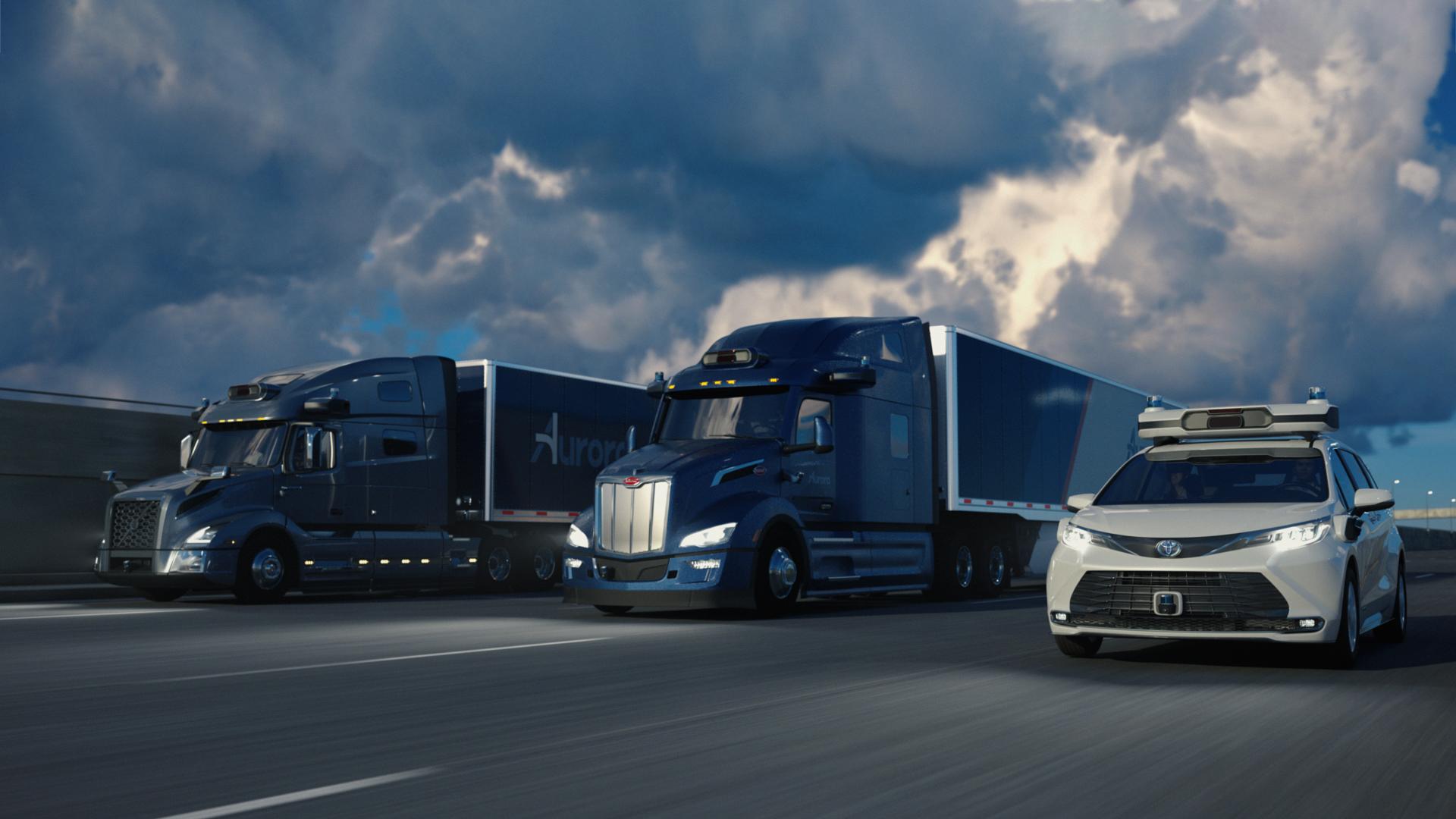“Whether we’re hauling goods for FedEx or preparing to take passengers to the airport, we’re seeing our technology evolve into a valuable product, and that’s exciting,” -Chris Urmson, CEO at Aurora
One of the leading autonomous truck makers, Aurora Innovation, has began testing their trucks on a route that runs between Fort Worth and El Paso. The new generation of trucks are integrated with hardware and autonomy systems that were recently revealed at Aurora’s ride hailing test fleet in Dallas.
Aurora Driver Beta 2.0 features advanced capabilities, including the ability to navigate complex construction zones as well as update other Aurora vehicles about obstructions in the road.
About the tech
The high resolution cameras can take in 4 times as much data and see twice as far as the top of the line predecessor.
The mapping software is called Aurora Atlas. It features daily high definition updates that alert other trucks in the fleet about new construction, fresh lane markings, vegetation growth, and other possible obstructions.
Aurora is planning to further develop it’s mapping software to evolve the fleets capabilities in the future. The hope is to have a system that has seamless navigation through construction zones, around concrete barriers and cones, adjusting to temporary speed limits, as well as safely navigating through construction zones where road conditions can be highly fluid.
Specific road patterns that drivers may only find in one state will be part of the evolution of the technology as well. For example, the Texas U-Turn is a challenge that Aurora’s second version can handle. Something the initial version wasn’t able to.
A look Into the Future

Although it will be a few more years before all the highways have autonomous trucks on them, innovation is moving in the right direction.
Despite the many benefits that come from the technology, the stream of resistance flowing from people who want to stick to the old way of doing things is sure to remain.
“FOR WHEN WERE MEN EVER REALLY PUT OUT OF WORK BY THE BETTERING OF INDUSTRIAL PROCESSES? THE STAGE-COACH DRIVERS LOST THEIR JOBS WITH THE COMING OF THE RAILWAYS. SHOULD WE HAVE PROHIBITED THE RAILWAYS AND KEPT THE STAGE-COACH DRIVERS? IN OUR OWN EXPERIENCE A NEW PLACE ALWAYS OPENS FOR A MAN AS SOON AS BETTER PROCESSES HAVE TAKEN HIS OLD JOB.”
-Henry Ford

Less Stress for Drivers
Driving can be a stressful. Especially for city drivers that have to navigate tight turns, unusual traffic patterns, and unpredictable driver behavior. With more autonomous technology, driving should become a lot less stressful. Bettering the health for everyone traversing roadways.
Cheaper Operational Costs for Companies
Imagine a truck where a driver can clock in, run their entire 10 hour shift, then move to the back of the cab to sleep for 10 hours while the truck continues to drive. That would be a major increase in productive time.
Safer Road Conditions
Since all of the trucks in a network learn together, there will be a lot lower chance for accidents on the road, and in the yards of freight terminals.
“Higher levels of automation, referred to as automated driving systems, remove the human driver from the chain of events that can lead to a crash. While these systems are not available to consumers today, the advantages of this developing technology could be far-reaching.
What is available to consumers today: active safety systems. These are types of advanced driver assistance systems, which provide lower levels of automation that can assist a driver by anticipating imminent dangers and working to avoid them.
Collectively, these technologies will help protect drivers and passengers, as well as bicyclists and pedestrians” -NHTSA


